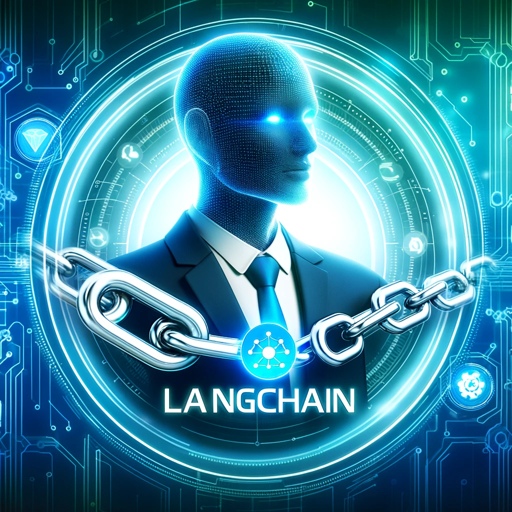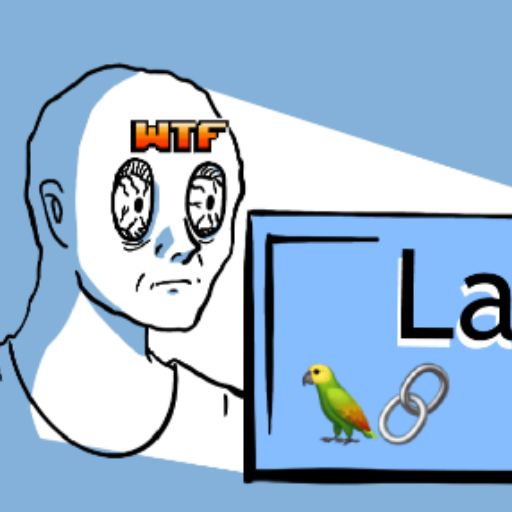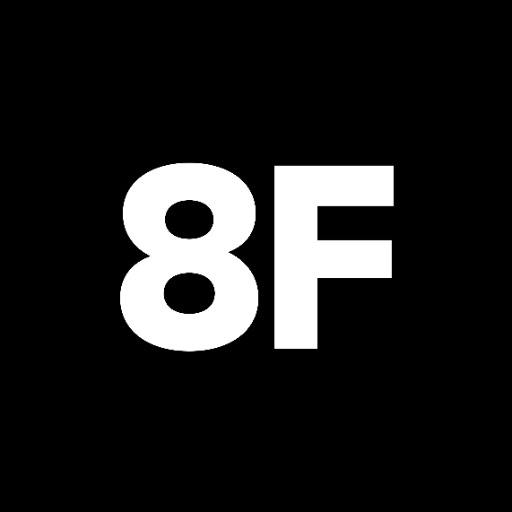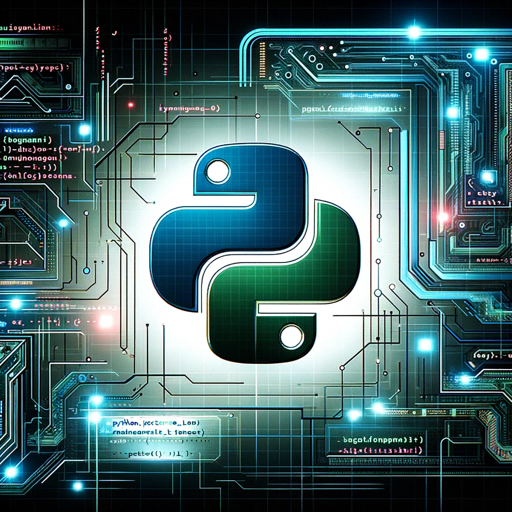CROSSVALUE Chainってなに?-blockchain for asset tokenization.
AI-powered blockchain for decentralized assets.
おまかせ
CROSSVALUE Chainの特徴は?
Related Tools
Load More产业链分析专家0306
分析产业链节点间关联强度

Langchain Expert - Coder
Expert in CHAINS and AGENT CHAINS creation and management. [UPDATED 2024-01-30]
产业链分析专家0315_v2
分析产业链节点间关联强度

入门级LangChain导师
基于WTF LangChain极简入门课程系列内容的AI助理,为LangChain小白答疑解惑

CCXT Crypto Code Wizard
Finds and explains CCXT GitHub code for automated crypto trading.

Supervised Chain of Thought
Based on Chain of Thought (CoT) Process supervised step by step reasoning. Inspired by the "Let’s Verify Step by Step" paper.
20.0 / 5 (200 votes)
What is CROSSVALUE Chain?
CROSSVALUE Chain is a Layer 1 blockchain developed by CROSSTECH, a global team with strong ties to decentralized systems research. It integrates decentralized storage directly into the blockchain, addressing key issues in asset tokenization and storage permanence. CROSSVALUE Chain focuses on bridging traditional and digital assets, facilitating on-chain tokenization of real-world assets like real estate and fine art. This seamless combination of blockchain and decentralized storage offers enhanced security and transparency, essential for industries like finance, logistics, and property management. For example, tokenized real estate can be traded globally, with ownership and transaction data securely stored on-chain, ensuring immutability and trust in the process.

Main Functions of CROSSVALUE Chain
Decentralized Autonomous Content Storage (DACS)
Example
Storing large-scale, sensitive data such as land ownership documents permanently on-chain.
Scenario
A government agency could use DACS to store digital land titles. Each title is tokenized, and the associated data is stored across decentralized nodes, ensuring the permanence of records and allowing easy verification by third parties.
Voting Proof of Work (VPoW) Consensus Mechanism
Example
Ensuring energy-efficient validation of transactions and storage without compromising security.
Scenario
When a user buys a tokenized asset on the CROSSVALUE network, VPoW ensures that transaction validators use minimal energy while still securing the network. This makes the network ideal for large-scale deployments, such as tokenizing and trading private equity shares.
Escrow Node System for Secure Transactions
Example
Providing a safety mechanism to verify asset transfers before finalizing transactions on the blockchain.
Scenario
In real estate transactions, Escrow Nodes hold the transaction temporarily to ensure no mistakes in payment or title transfer. Once verified, the transaction is executed, reducing the risk of loss due to human error.
Ideal Users of CROSSVALUE Chain
Institutional Investors and Governments
These users can benefit from CROSSVALUE Chain’s robust security and decentralized storage for tokenizing large assets like real estate, infrastructure, and public assets. The platform’s transparent and immutable system ensures trust in international markets, allowing assets to be easily verified and traded across borders.
Developers and Web3 Startups
Developers creating decentralized applications (dApps) can leverage CROSSVALUE Chain’s decentralized storage (DACS) and advanced consensus (VPoW) for secure and scalable solutions. These tools are particularly useful for startups exploring tokenization or NFT-based applications that require secure, long-term storage of digital assets.

How to Use CROSSVALUE Chain
1
Visit aichatonline.org for a free trial without login, no need for ChatGPT Plus.
2
Familiarize yourself with the blockchain basics, as CROSSVALUE Chain operates on a Layer1 network that supports decentralized applications.
3
Utilize the network’s native token XCR for transaction fees and governance. You may also stake XCR to run a node.
4
For asset tokenization, ensure compliance by registering assets on the blockchain, and use DACS (Decentralized Autonomous Content Storage) to manage your data securely.
5
Integrate CROSSVALUE Chain with your Web3 projects, or explore decentralized storage solutions for NFTs and asset tokenization.
Try other advanced and practical GPTs
Entity Relation mapping
AI-powered Entity Relationship Mapping

Web3 Growth Assistant
AI-Powered Insights for Web3 Growth

GPT Auth™
Secure AI Access with Email Verification

A reply guy AI for social networks.
AI-powered tool for smart social replies.

足球之神
AI-powered football analysis tool

Diagram Creator [UPDATED]
AI-powered diagram creation made easy
![Diagram Creator [UPDATED]](https://files.oaiusercontent.com/file-5vYoOfCsbArWXh0K9mJevSc5?se=2123-12-27T08%3A57%3A04Z&sp=r&sv=2021-08-06&sr=b&rscc=max-age%3D1209600%2C%20immutable&rscd=attachment%3B%20filename%3DOIG.jpg&sig=MI%2BTicahiKqSfybxtSuOtKiPMs0oQPtsXPrBa3TZdq8%3D)
SF Symbol GPT
AI-Powered SF Symbol Finder

AI Hippo™ - Ducky Days
Your AI-powered travel and writing companion.

Python Function Generator
AI-powered Python function creation using TDD

Slide Maker and Free Download
Create Stunning Presentations with AI

射雕英雄传:迎娶高富美人生走向巅峰
AI-powered adventure in ancient China

UI & Icon Kit Generator
AI-powered designs at your fingertips.

- Real Estate
- Asset Tokenization
- DeFi Protocol
- Decentralized Storage
- NFT Market
Five Detailed Q&A About CROSSVALUE Chain
What is CROSSVALUE Chain?
CROSSVALUE Chain is a Layer1 blockchain designed for decentralized applications, emphasizing secure decentralized storage and tokenization of real-world assets.
What are the key features of CROSSVALUE Chain?
Key features include Decentralized Autonomous Content Storage (DACS), native token XCR, and an innovative Voting Proof of Work (VPoW) consensus mechanism to ensure scalability and security.
How does CROSSVALUE Chain handle asset tokenization?
It allows tokenization of physical and digital assets by registering them on-chain, ensuring transparency, immutability, and liquidity through decentralized markets.
What is XCR, and how is it used?
XCR is the native token of the CROSSVALUE Chain, used for transaction fees, governance, staking for node operation, and rewarding contributors to the network.
What industries benefit from CROSSVALUE Chain?
Industries such as finance, real estate, and digital content benefit from its decentralized storage and tokenization solutions, especially for managing and securing high-value assets.